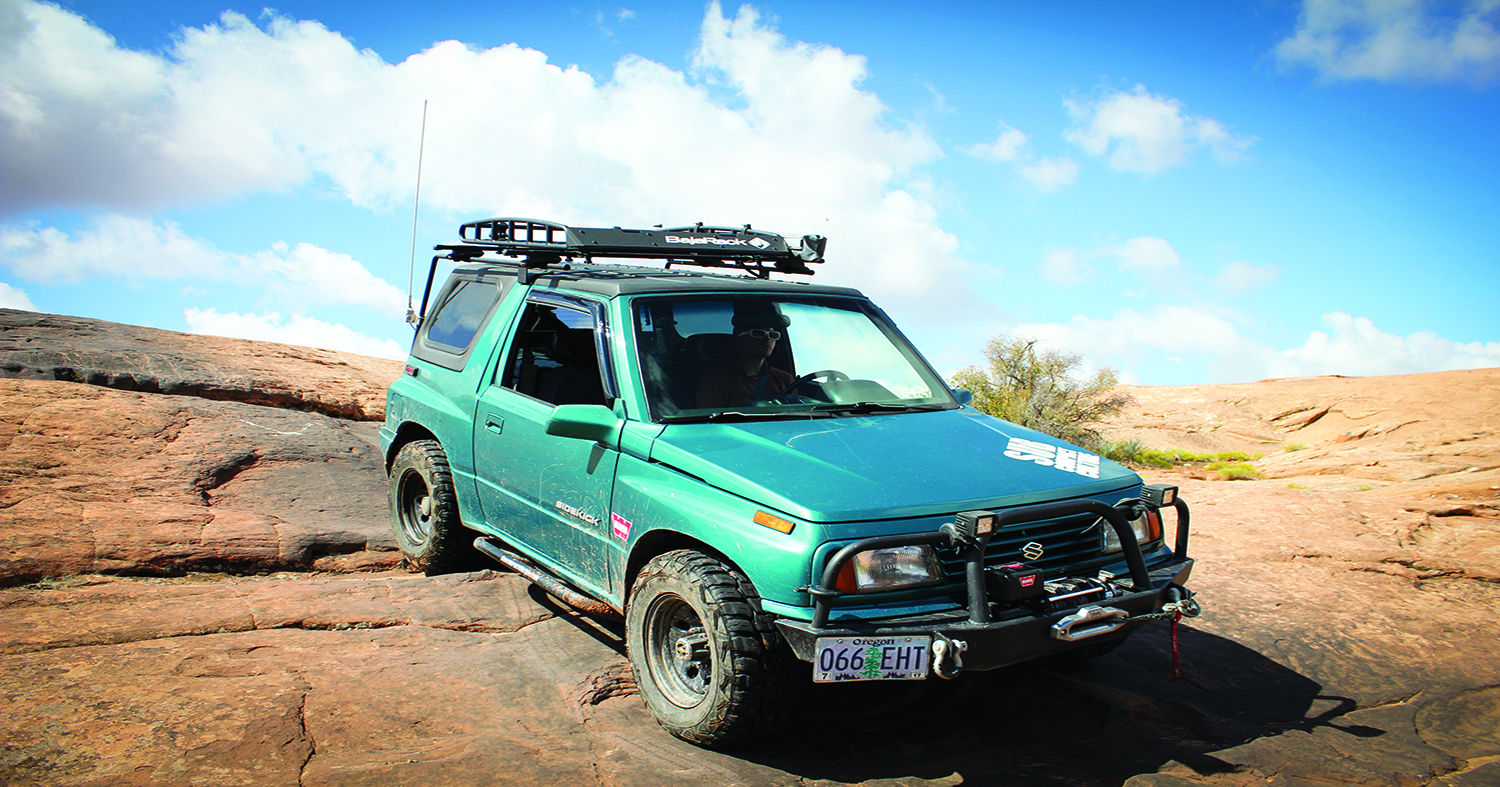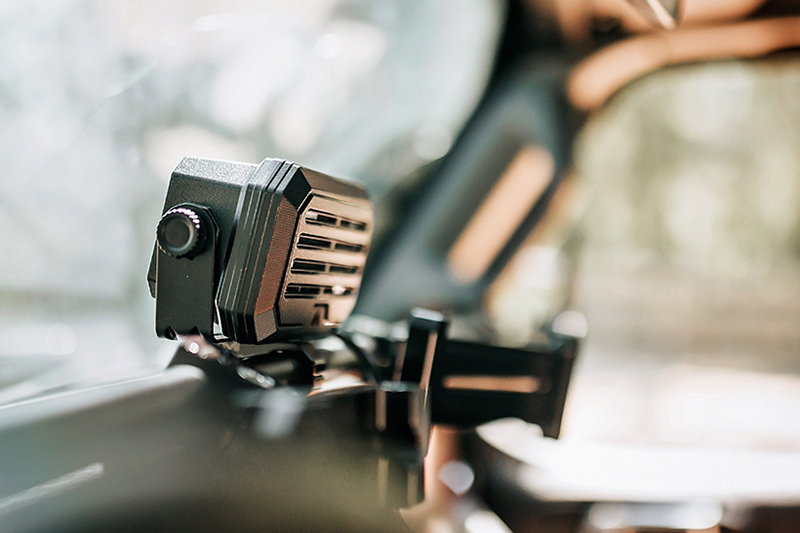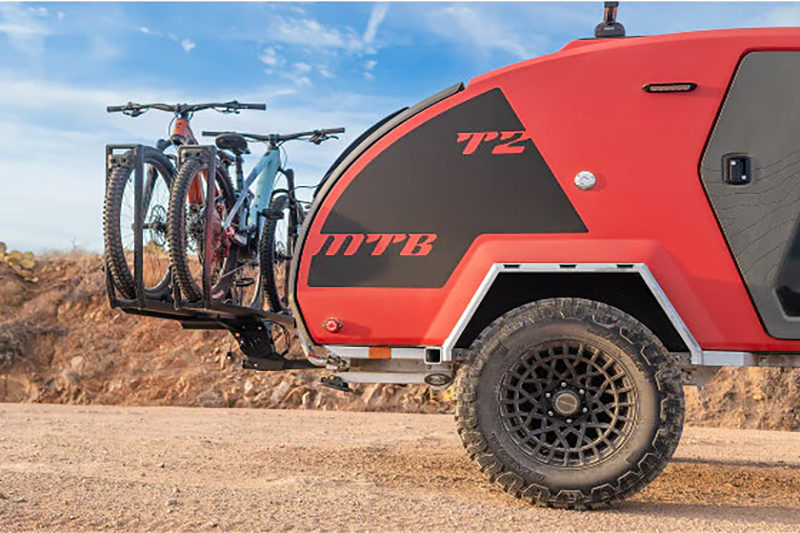You don’t have to spend a lot of money in order to find the perfect vehicle for your budget-conscious adventure
In this time of idyllic Instagram photos, ultra-high-dollar overland builds, and Facebook groups where everyone appears to have a brand-new truck, you might think you’ve got to have either a trust fund or a money tree to purchase and build a vehicle capable of hitting the trails. I’m here to proclaim that a huge budget is not required to go exploring. I’ve purchased several 4WD vehicles between $1,800 and $8,750 and have driven them thousands and thousands of miles all over the western U.S. and Canada. That said, there’s nothing wrong with purchasing a $50,000+ adventure vehicle and dumping another $50K into it. However, most people don’t want to invest, or can’t afford to invest, that many greenbacks into a vehicle.
There’s something gratifying about putting work into a vehicle that needs love, giving it new life, and making it your own. With a bit of research and some old-fashioned elbow grease, you can have a great rig at a great price. Here are a few budget build basics.
Do Your Research
Try to know what you’re about to get yourself into. Join Facebook groups or forum sites. Ask around about common problems and things to look for when inspecting the vehicle. Does the Ford you want have lots of known issues? What are the weak points of buying a high-mileage Jeep? Is buying an early Isuzu going to be a nightmare waiting to happen? Knowing about common problems can help prevent costly repairs down the road, or at least give you bargaining power if you opt to purchase. Don’t forget about parts. Can you still get that brake adjuster for an ’88 Dodge without having to sift through a scrapyard?
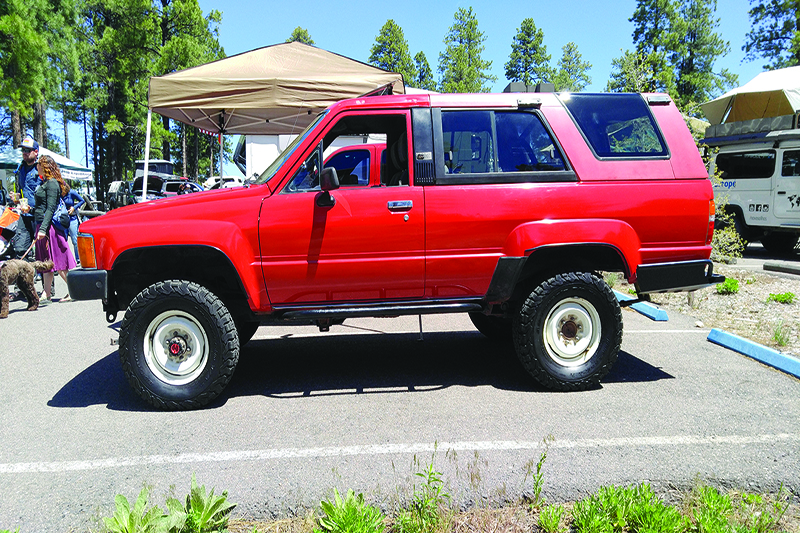
Older rigs can be great budget build opportunities. But weigh how much work and time will go into the build vs. how much money you’ll save on the original purchase price.
For me, part of the thrill of finding a great budget vehicle is the hunt. If you dig deep enough, you can find some gems.
Know Your Limits
No, this isn’t a PSA for gambling problems. It’s about knowing your financial and mechanical limits. Sometimes, the two can be intertwined. You might find a “mechanic’s special” that needs a head gasket, rear main seal, new brakes, etc. Sure, you can save cash by doing the work yourself, but do you have the mechanical know-how and the time? Inexpensive rigs can make great projects to help you learn how to wrench. But don’t get in over your head. We all know someone who’s had that project they’ve never finished. If you need to bring it to a mechanic, repairs can be very expensive and quickly exceed the price of the vehicle itself. Know your budget, know your limits, know what you’re getting into before you buy. Try to avoid the money pit.
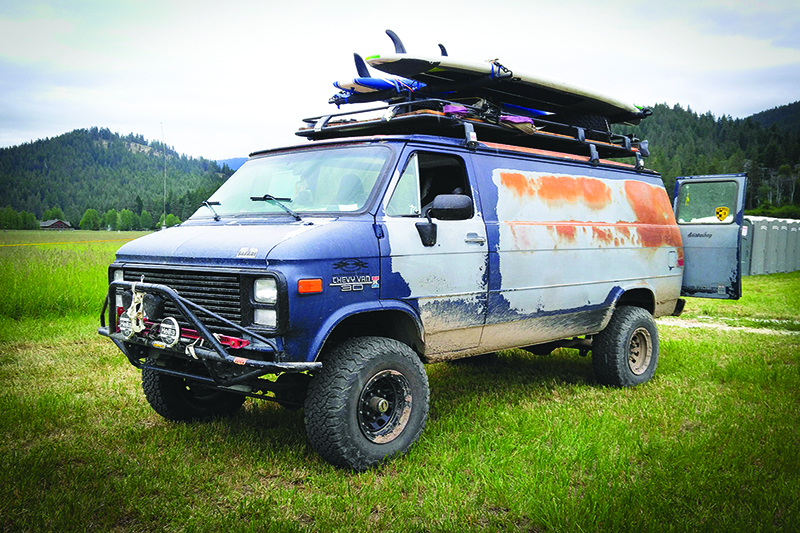
It might look rough on the outside, but older rigs can be mechanically sound. Be sure to do your homework so you know what to look for during a build.
Be Picky
Don’t hop on the first vehicle you find—shop around. Go see a bunch of rigs to get a feel for the market. The first budget 4×4 I ever went to look at was a Suzuki Samurai. The Craigslist ad said it had all-terrain tires and a new top. After driving two hours to see it, the all-terrains were bald as cue balls, and the top—well, it was new at some point I suppose—it was covered in moss and black mold.
Also, be sure to drive whatever you’re looking at. I once found a 660cc turbocharged Suzuki Jimny, the Samurai’s smaller JDM – of Japanese origin – cousin, which had been imported from Japan. The body was great. The interior was mint. It started right up. When underway, however, the engine spit, stuttered, and hesitated like crazy, and the shifter was shot. It broke my heart since I really wanted it. But much like dating, there will always be another one, and I knew I’d regret buying it.
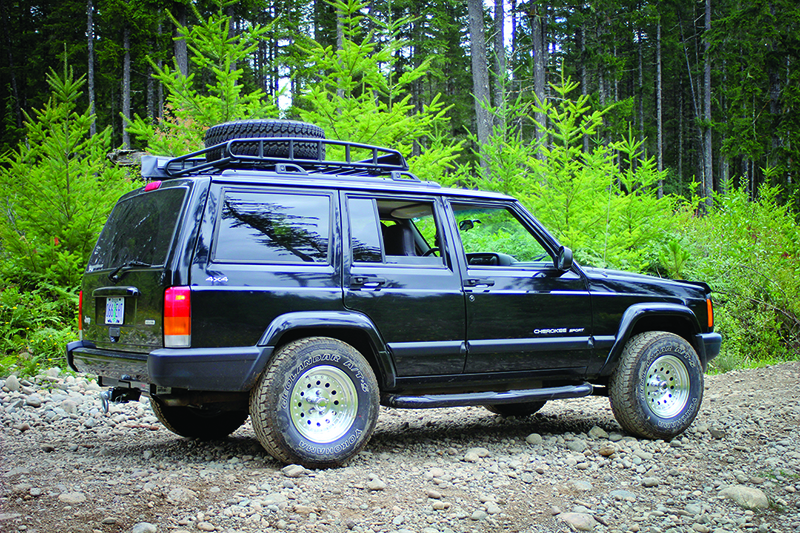
Even a bone-stock rig can get you onto the trails so long as it’s well maintained and (mostly) reliable.
Old vs. High Mileage
There are old vehicles; there are high-mileage vehicles; and there are old, high-mileage vehicles. Consider this aspect carefully. A rig can be 30 years old, but have a freshly rebuilt engine and transmission. Score! Conversely, a fairly new pickup can log 200,000 miles in a short amount of time. Sure, it’s a great deal, fairly new, but has it been run hard in such a short period of time?
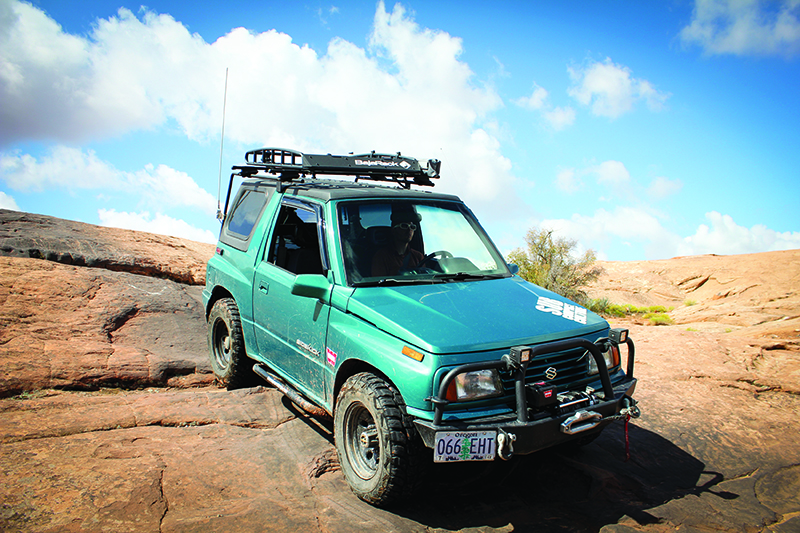
Our ’95 Suzuki Sidekick (aka the Teal Terror) was purchased for just $1,800 in 2011. Over five years, we built it up with a combo of new and used parts, such as the Shrockworks bumper and hard top I found on Craigslist.
Both can work out well, or both could be ticking time bombs. Check out a vehicle with a fine-toothed comb to see how much you think you’ll initially need to sink into it. Having maintenance records is always a positive.
Mountains of Maintenance
We’ve all seen the “fixer-upper” listed online. Many older, neglected vehicles will need maintenance right off the bat. Frankly, unless you happen upon a vehicle with comprehensive receipts, assume nothing has been done. Ever.
Replacing the engine oil, transmission fluid, gear oils, coolant, and brake fluid is an inexpensive bit of insurance if you’re not sure the maintenance has been done. Other things that should be inspected and/or replaced include brakes, anything equipped with grease fittings, and the ignition system (plugs, wires, cap, rotor). All of these are fairly inexpensive items that will save you a lot of headaches down the road.
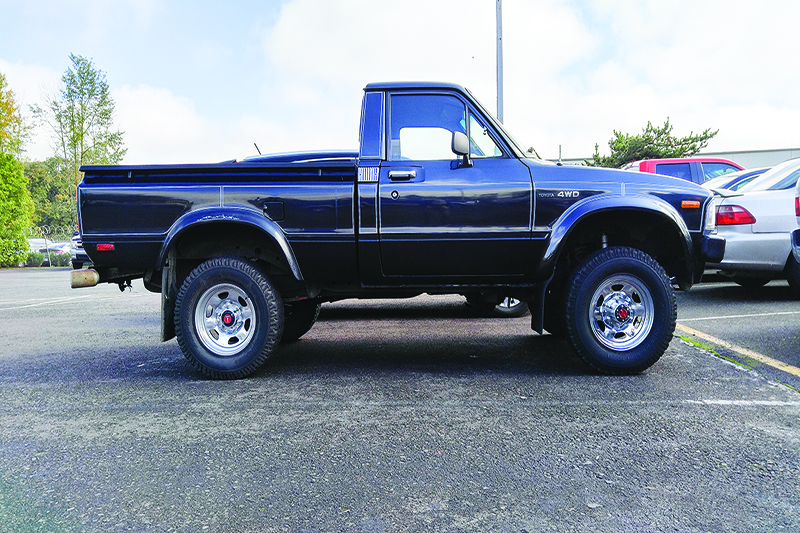
Even older rigs, like this Toyota, can be awesome projects. Just because it’s old also doesn’t necessarily mean it’s going to be heaps of problems. But know what you’re getting into.
Yes, budget rigs take more time and effort, but can be very well worth it. Plus, the money you save buying something a bit less expensive can go into building up the vehicle. By the way, sometimes you can save a bunch of dollars if you opt for gently used parts. Surfing Facebook Marketplace, Craigslist, OfferUp, and other outlets can lead to great deals on things from wheels to winches.
Fly and Buy
The term “fly and buy” refers to flying to buy a vehicle and driving it home. It can be a bit risky, but if you’re willing to travel, you may open up many more potential vehicle options.
In February 2018, my wife (and fellow OutdoorX4 contributor), Mercedes, and I did our first fly and buy. We were all ready to fly to Tucson, Arizona to purchase a super-clean 1990 Mitsubishi Montero when the most common fly-and-buy problem arose. The vehicle sold locally before we could get to it. Luckily we hadn’t bought plane tickets. Several days later, an even cooler (and lower mileage) Japanese market 1992 short-wheelbase Mitsubishi Pajero surfaced. This is essentially a second-generation Montero, but with two doors (something we didn’t get in North America), a turbo-diesel engine, and a manual transmission. Plus, like so many other JDM vehicles, it had very low mileage—just over 60,000 miles. Oddly, it was listed in Denver’s Craigslist, but was allegedly located in Houston, Texas. This raised a red flag. However, we called the number in the ad, and were told the importer gets more response from the Rocky Mountains than the Gulf Coast. Seemed legit.

For only $8,400 we have a dependable, unique, and capable rig. We changed the fluids, timing belt, and added fresh 33×10.50 BFGoodrich KM2s.
Whenever you opt for a fly and buy, it’s a great idea if you can get a trusted individual to look at the vehicle before you venture to buy it. My friend, Adam, was in Houston, was a fan of Mitsubishis, and I trusted his judgment. Adam not only went and looked at and drove the car, we did a Facebook Live video session where he walked around the car with us. This helped a lot and we decided to go for it. The next day, we called the seller and agreed on a price assuming the vehicle checked out. We did this before buying one-way airfare from Portland, Oregon to Houston. We also agreed a cash sale would be easiest for both of us. We had to remember: If this didn’t work out, we’d either need to rent a car and drive back or find airfare home. We priced out our “Plan B,” and went for it.
We never travel in older rigs without the two most important tools: zip ties and duct tape. We also brought a blanket for the spare set of wheels accompanying our purchase. We figured airport security would have a field day with two people with one-way tickets, zip ties, duct tape, a blanket, and $8,500 in cash. They didn’t even blink an eye.
Once we got to the seller’s house, we took the JDM Mitsubishi for a test drive. Adam was spot on, and we closed the deal.
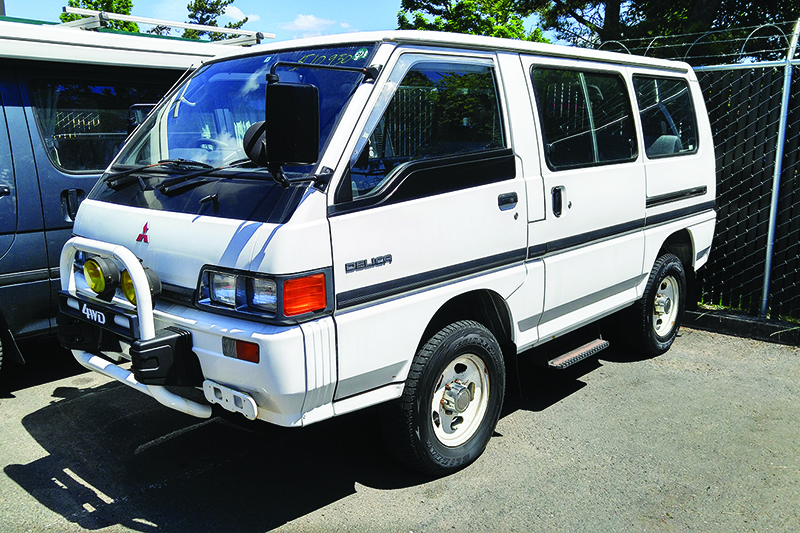
My ’89 Mitsubishi Delica was a great deal, but I knew some parts would be hard to get. Plus, it’s got a bit of rust. However, it was mechanically sound and has been very reliable.
Fly and buy does require some trust. It also takes a bit more time since you’ll have to drive home. It took us three days of driving to get from Texas to Oregon. We hit a severe wind storm that toppled semi-trucks as well as a major snow event in Utah. Oh, the Mitsubishi was shod with some sketchy, partially dry-rotted tires. However, we had warm clothes, food, and a AAA card, so we were confident we’d make it — and luckily we did.
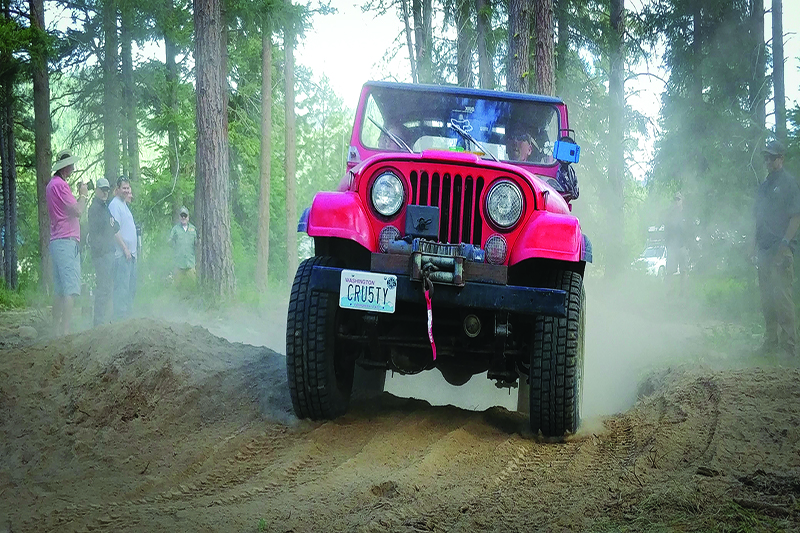
Older Jeeps, such as this CJ, can make for great projects and fantastic learning experiences. And you’ll end up with a great trail-ready rig if you’re willing to invest the time and effort.
These are all risks associated with flying, buying, and driving a rig home. But it all made for a great trip and a fun adventure and in the end, not only saved us plenty of greenbacks but kept us within a budget that has continued to allow for plenty of adventures.
OutdoorX4 Magazine – Promoting responsible vehicle-based adventure travel and outdoors adventure


